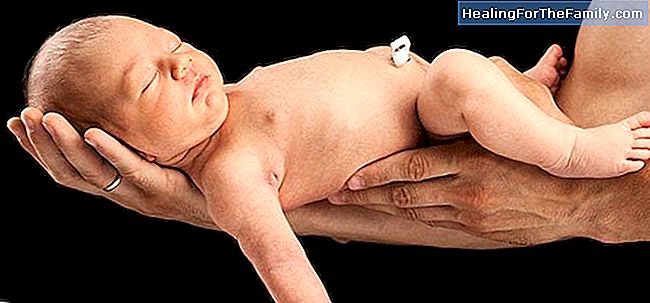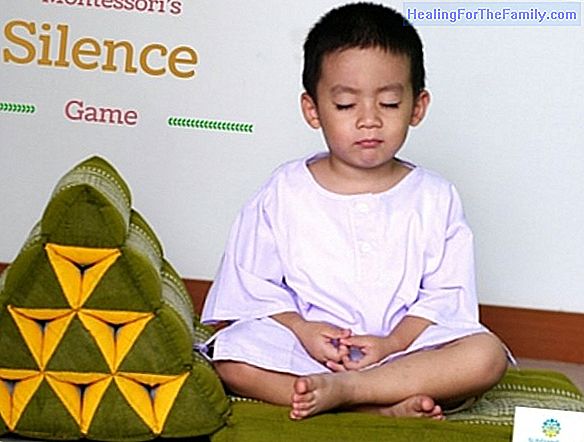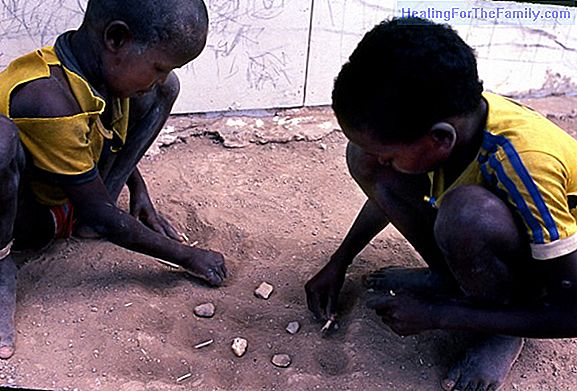Infection of the umbilical cord
When the babies are born, in the maternity the midwife or the gynecologist will place the navel tweezers just before cutting the umbilical cord; in this way possible hemorrhage derived from these three vessels is avoided. However, you must continue to take care of the umbilical cord until it falls o
When the babies are born, in the maternity the midwife or the gynecologist will place the navel tweezers just before cutting the umbilical cord; in this way possible hemorrhage derived from these three vessels is avoided.
However, you must continue to take care of the umbilical cord until it falls off by itself. In this way we will avoid any kind of complication.
How to care for the umbilical cord of the newborn

As the days go by, the umbilical cord dries up, and around 5-10 days, it falls off. For your care there are different protocols recommended in hospitals:
- Wash it with soap and water.
- Cure with 70º alcohol
- Cure with chlorhexidine
- Wash it with saline solution
- Do nothing
- In some cultures apply salt, cataplasms ....
What we have to keep in mind is that all the methods have proven to be equally effective for the prevention of cord infections and that their fall did not vary in days regardless of the method used to cure it.
Tips to avoid umbilical cord infections
The most important thing, like any wound is to keep it clean and dry. Once the cord has fallen, we will continue with the same care for about a week. Sometimes, instead of drying out completely, the cord will form pink scar tissue, called a granuloma. This granuloma drains a yellowish and clear liquid. This usually goes away in about a week. If you do not, you can consult the pediatrician.
Symptoms of umbilical cord infection
Umbilical cord infection is called omphalitis in medical terms. It is not a very common disease, however it has a certain severity, since it is about babies with very little time to live. The symptoms are the following, and it is necessary to go to the doctor:
- Yellowish discharge (purulent) and bad smell of the stump.
- Redness, swelling or tenderness of the skin around the stump.
- Poor feeding.
- Fever of 38º superior.
- Lethargy.
- Deficient and flaccid muscle tone.
- If the stump of the baby has not fallen in four weeks go to the pediatrician. There may be a problem with the baby's anatomy or immune system.












